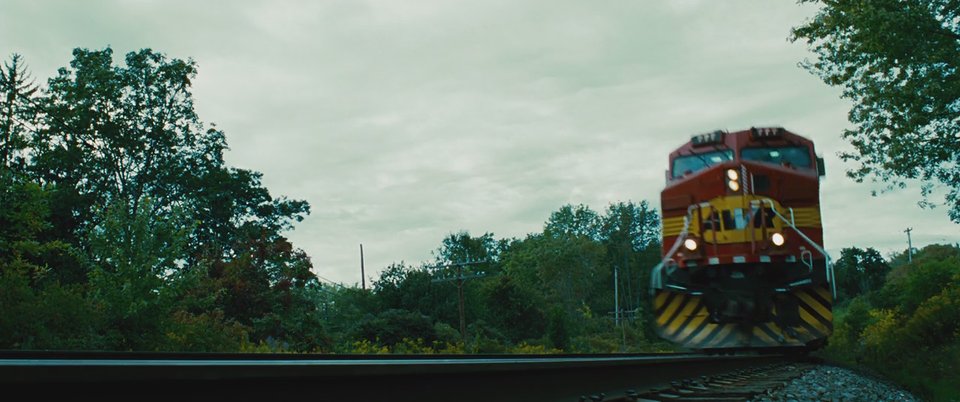

A carriage was galloping in our direction. The streetcars, the carriages are moving towards the audience.

French scientist Henri de Parville, who attended an early screening, is said to have written: "The animated photographs are small marvels.All is incredibly real. This has been shown to be something of an embellishment, and, though the film would undoubtedly have astounded and mesmerised audiences, there was never any real mass panic. For many years, there has been an enduring myth than, upon the first screening of the film, the audience was so overwhelmed by the image of the train bearing down upon them that they fled the room in terror. The 50-second long film, like most other Lumière shorts, successfully captures a brief snippet of everyday life, chronicling the gradual approach of the train, its slow to a halt, and the disembarkment of its passengers. Produced by pioneering French filmmakers Auguste and Louis Lumière, 'L' Arrivée d'un train à La Ciotat / Arrival of a Train at La Ciotat' was filmed at La Ciotat, Bouches-du-Rhône, France on Decemand first screened to a paying audience on January 6, 1896. There doesn't seem to be anything particularly exciting about an approaching steam locomotive, but somehow this image has stuck, the first iconic scene in cinematic history. That in itself shows how effectively this enduring classic was able to carry out an interesting idea. Yet even today, the train grabs the viewer's notice, so that the crowd and other details get much less attention. A couple of them do acknowledge the camera as they go about their business. Compared with the train, the crowd reactions here are a bit less interesting than they are in some of the other Lumière features that include crowds who know they are being filmed. The diagonal direction of the motion, necessitated by the material being filmed, gives it a distinctive character.

The Lumières discovered very quickly how effective motion towards the camera could be, and that idea is certainly used to good effect here. The often-repeated accounts of the startled reactions to this movie from early audiences, along with the ways that such reactions were commemorated in other early movies such as "The Countryman and the Cinematograph", have made it one of the best-known of the earliest movies, and beyond that, the film in itself accomplishes its own aim very well. This footage of the "Arrival of a Train" is one of the most enduring images of the earliest years of cinema.


 0 kommentar(er)
0 kommentar(er)
